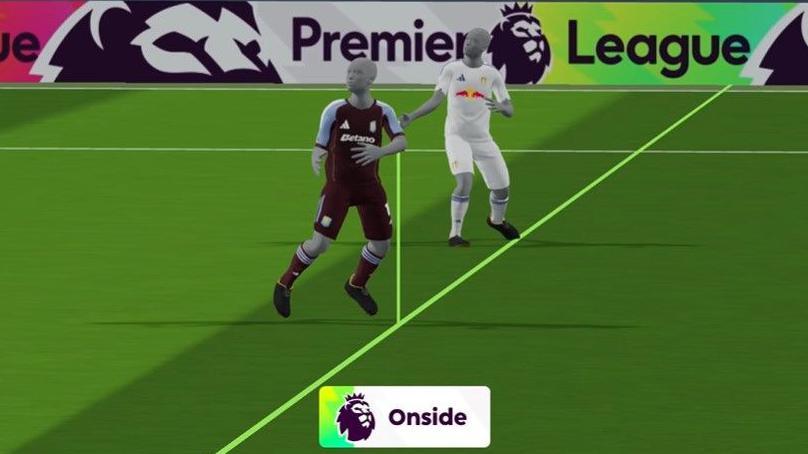When the Premier League rolled out semi-automated offside technology we thought we would lose the arguments about offside.
Largely we have, but there is still a major issue with how decisions are presented to fans.
Take a Newcastle United goal against Manchester City on Saturday. To the naked eye, Bruno Guimaraes looked to be just ahead of Ruben Dias in the build-up to Harvey Barnes’ goal. But after the tech was applied, the goal stood.
Then on Sunday, Gabriel Gudmundsson’s toe appeared to be within the video assistant referee (VAR) offside line before Lukas Nmecha scored the opening goal of the game for Leeds United against Aston Villa. Again, the goal was awarded.
The new technology was supposed to clear this all up. Gone were the manually drawn lines placed onto a TV picture, replaced with a slick animation. But that has not always been the case.
Much of it is about the little known tolerance level, or margin for error, added to the technology in the Premier League.
In every other competition, offside is given to the millimetre; in the Premier League there is 5cm grace which is effectively the width of the green line. Gudmundsson is given onside because his foot is within it.
Guimaraes, too, was just ahead of Dias but within the tolerance level.















